Philodendron is an original plant. Each of its heart-shaped petiolate leaves is born inside another leaflet - a scale-shaped one. In some types of philodendron, scale-like leaves are clearly visible only at the top of the shoot.
Photo of philadendron
Having given life to large leaves, they dry out. In others, scale-like leaves are retained and alternate on the stem with petiolate ones. By the presence of scale-like leaves, they can be easily distinguished from their relatives - monstera and scindapsus.
Which flower to choose
Try growing a philodendron. If you like impressive size, the blushing Philodendron is a good choice. It has leaves 15-25 cm long and 12-18 cm wide.
If you need more elegant forms, buy climbing philodendron, whose leaves are two times smaller than those of the first type.
Both the first and second are distinguished by greater shade tolerance, and the climber is also tolerant of dry air. In general, philodendron has over three hundred species. These are mostly single-stemmed vines. But there are also tree-like and stemless rosette plants.
Lianas are common in home floriculture. Among them there are plants with very small and very large leaves of various shapes (round, heart-shaped, arrow-leaved, notched, etc.), colors (green, red-brown, variegated).
For example, in Philodendron guitarum the leaves of an adult plant really resemble a guitar, while in the spear-shaped plant they look like spears. Even on the same plant, leaves can differ in size and shape. This is due to nutrition, lighting, and age of the plant.
Philodendron care
Philodendrons rarely bloom in the room. To bloom, the flower must have a vine several meters long growing vertically upward. Their flowers are very similar to the flowers of all aroids: a yellow spadix in a white blanket-wrapper.
All philodendrons are heat-loving plants. The favorable summer atmosphere is 25 degrees, but with regular spraying even higher temperatures are well tolerated. In winter, the temperature for them should not fall below 15 degrees.
And, like any tropical plant (and this flower comes from the tropics of South America), it is moisture-loving. Water so that the soil ball does not have time to dry out. But, on the other hand, waterlogging is also not necessary: after watering with settled water at room temperature, when the soil ball is moistened, the water is drained from the trays.
The leaves are sprayed and wiped with a damp cloth. Plants do not like drafts. With high air humidity, philodendrons can “cry” - get rid of excess moisture through the leaves. But in our dry apartments one can rarely see such a phenomenon.
From spring to autumn, plants are fed every two weeks with complex mineral fertilizers and organic infusions. In winter, feed once a month only if the philodendron has to grow in a warm room.
Young plants are replanted every year, adults - after 2-3 years, but the top layer of soil must be changed. The mixture is made up of leaf or turf soil, humus, peat and sand (2:1:1:1).
Reproduction
Philodendrons are propagated by cuttings: apical with three well-developed leaves or stem with one or two leaves. Root the cuttings in damp sand or peat at a temperature of 24-26 degrees, covered with glass or film. But to prevent the cuttings from rotting, they are ventilated 2-3 times a week.
After the cuttings begin to grow, they are planted. You can plant several cuttings in one pot to quickly achieve a decorative effect. The fact is that the flower likes to grow in one stem, and even after pruning, a shoot develops from one lower bud. Two shoots are rarely formed.
When cutting or replanting a flower, be careful: the plant can cause irritation to the mucous membrane of the eyes and nose.
Philodendron climbing is more often used as an ampel plant, grown in hanging pots and vases, or the shoots are tied to a support. This could be a miniature plastic trellis bought in a store, or driftwood brought from the dacha.
Philodendron especially likes it when the support is wrapped in sphagnum moss (you can buy ready-made tubes with moss). Aerial roots, which develop from the axils of the leaves, penetrate the wet moss and additionally nourish the plant.
In nature, a flower can exist as an epiphytic plant - growing on trees. This is reflected in the name: philodendron is Latin for “to love the tree.” Hence the aerial roots, which help plants climb tree trunks - closer to the light, and their love for moisture.
Types of indoor philodendrons with photos
climbing
Climbing or Clinging, Climbing (Philodendron scandens) is a vine up to 2 m in length with thin and flexible shoots. Heart-shaped leaves up to 15 cm long and 8 cm wide are dark green in color.
Sello
Sello (Philodendron selloum) - When the plant is young, the leaves are heart-shaped, but with age they become large and intricately dissected. Sello prefers diffused light and is best grown on an eastern windowsill
Xanadu
Xanadu (Philodendron xanadu) is a tree-like species, at home it grows up to 1.5 meters. Drought-tolerant and can grow in the shade.
Blushing
Blush or reddish (Philodendron erubescens) - the young plant has red lower leaves. The height of an adult plant is up to 1.8 m. The leaves are wide, rounded and elongated, up to 40 cm long.
Warty
Warty (Philodendron verrucosum) is an elegant vine with fragile shoots; in indoor conditions, the leaves grow up to 25 cm. In the wild, it is a very tenacious plant; it can even live on trees. It owes its name to the warty bristles located on the petioles.
Guitar-shaped
Guitar-shaped (Philodendron panduriforme) - at home, the vine can reach 2 meters, leaves up to 30 cm in length. The shape resembles a guitar, which corresponds to the name of the flower.
Atom
Atom (Philodendron atom) is a compact bush with an erect stem and large (up to 30 cm) leaves of an original shape.
Elegant
Graceful (Philodendron elegans) - this species is often confused with Sello, but the photo shows that the leaves, although large, are more neat and graceful.
Cobra
This type is recommended to be tied to a support. It requires light, but does not tolerate direct sunlight. The leaves are elongated and quite large, up to 25 cm. Despite the scary name, it is a very pretty plant.
Golden black
Black and golden (Philodendron melanochrysum) is a bright, decorative vine, but it is quite difficult to grow it indoors. The species is very demanding when it comes to growing conditions and scares gardeners with its impressive size. This is clearly visible in the photo.
Hastate
Spearhead (Philodendron hastatum) - This species has bright green leaves. The liana grows quickly, but due to its thin, fragile trunk it needs support. Prefers diffused lighting and regular moisture.
Congo
Congo (Philodendron Congo) is a bushy type of philodendron with fleshy, large leaves. The flower is quite unpretentious; it can tolerate a lack of light, but does not tolerate sudden changes in temperature.
Continuation of the topic:

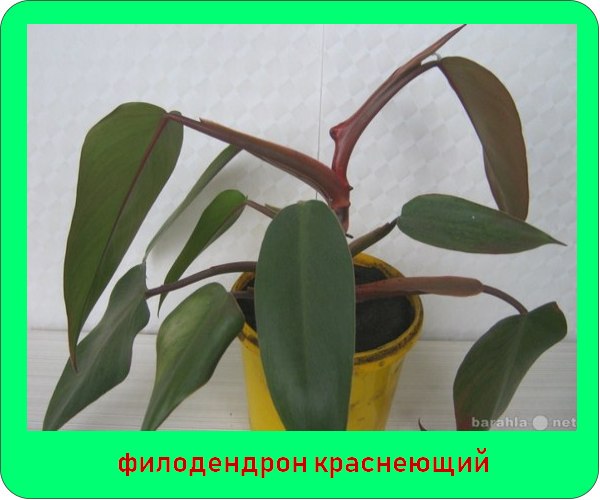
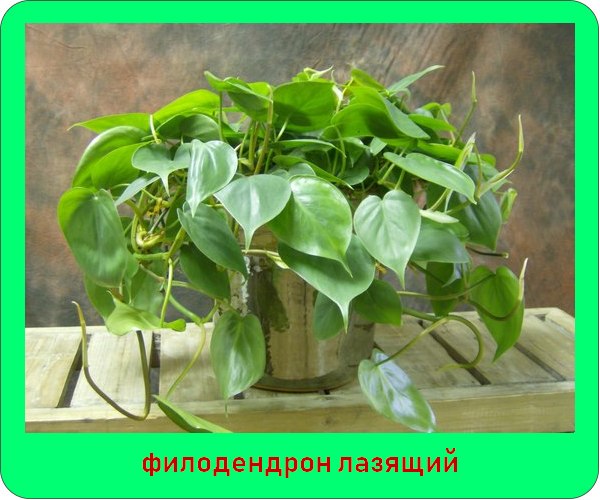
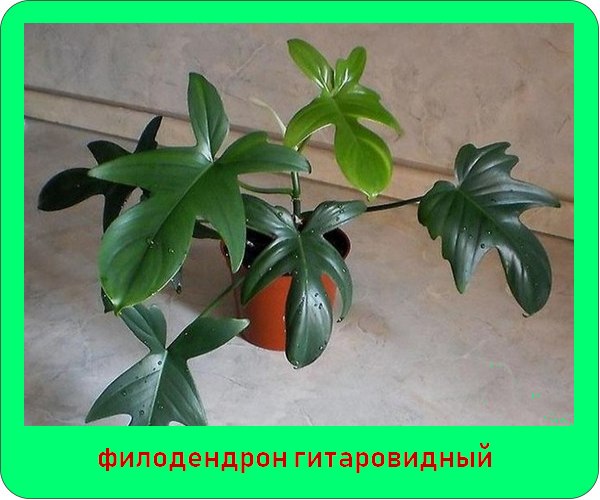

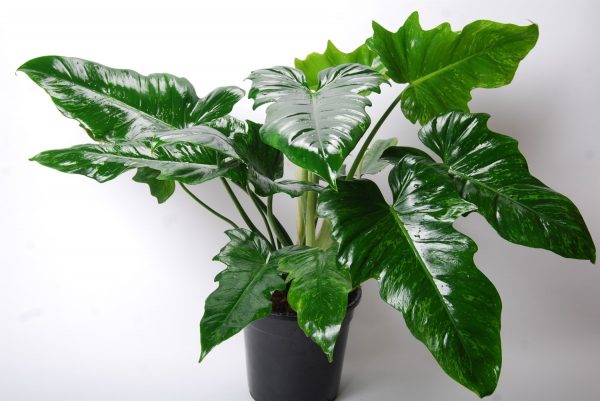
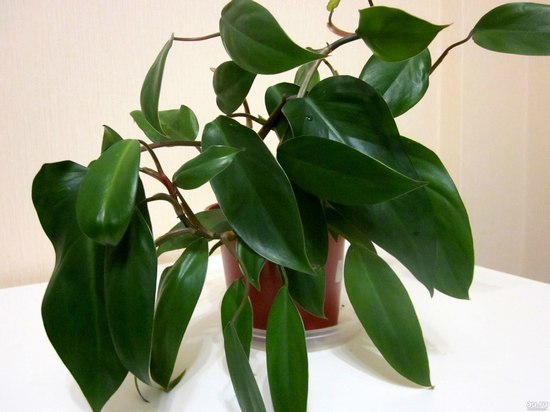
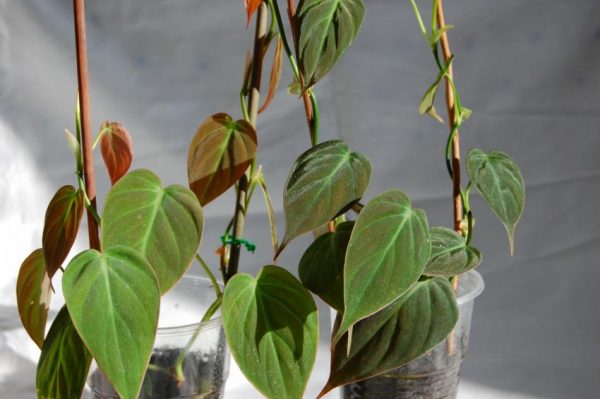

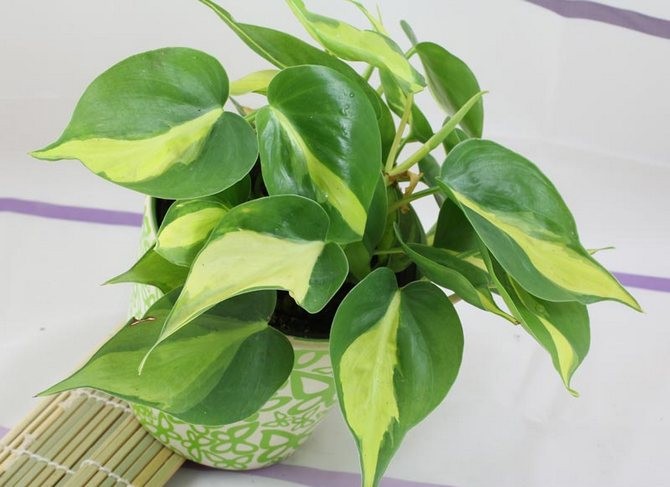
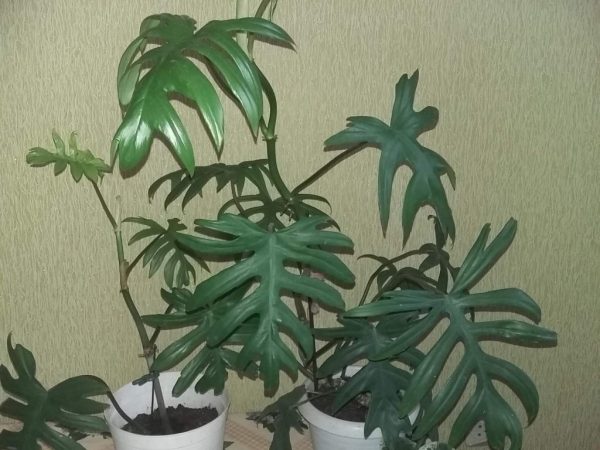
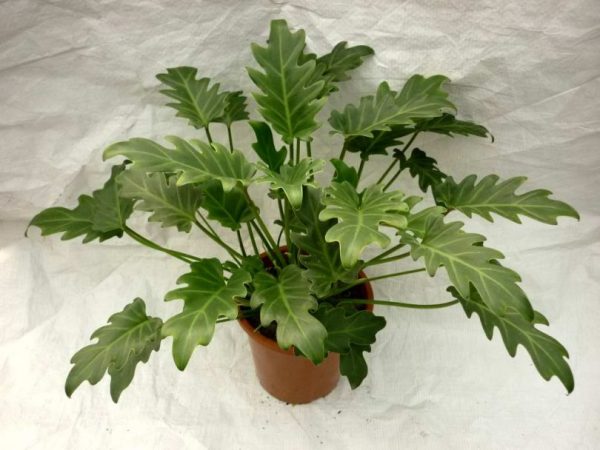
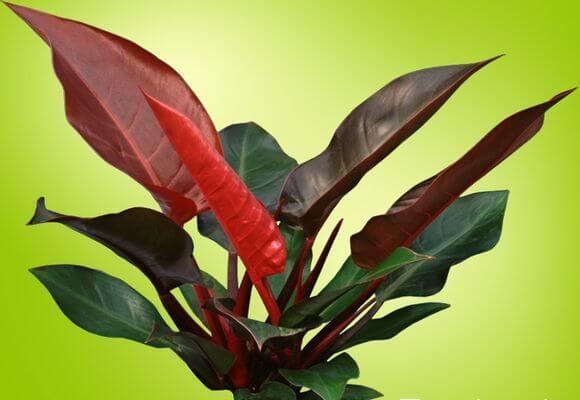
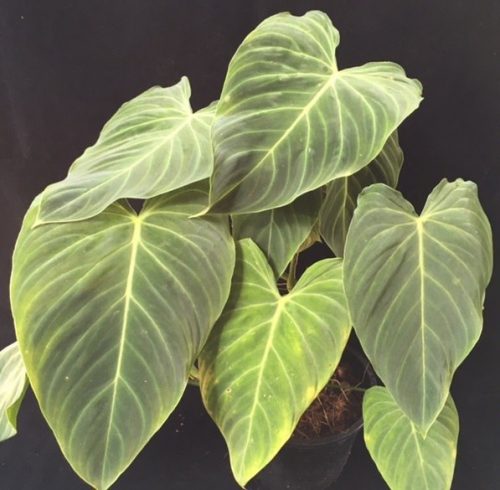
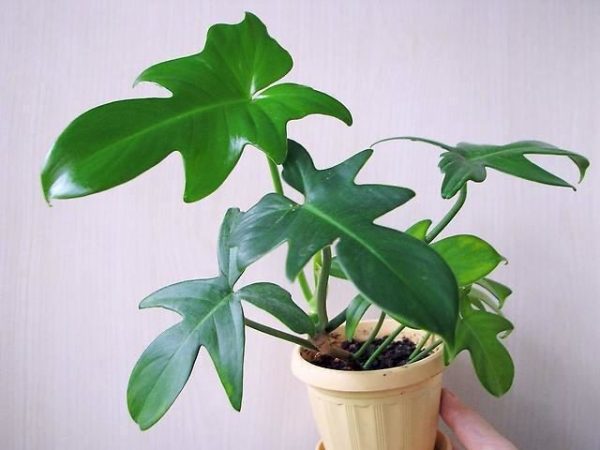
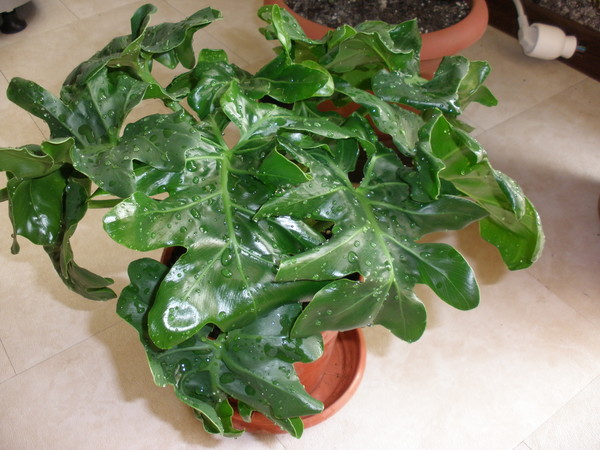
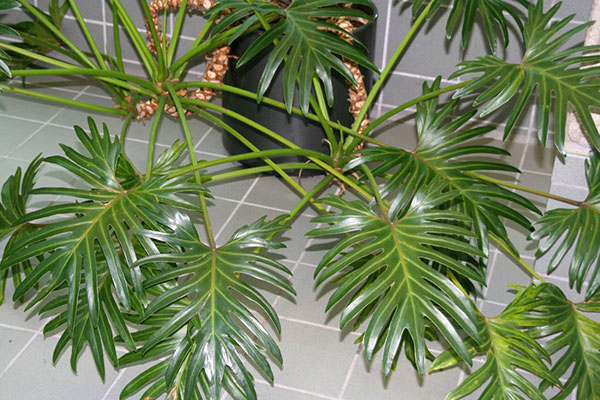
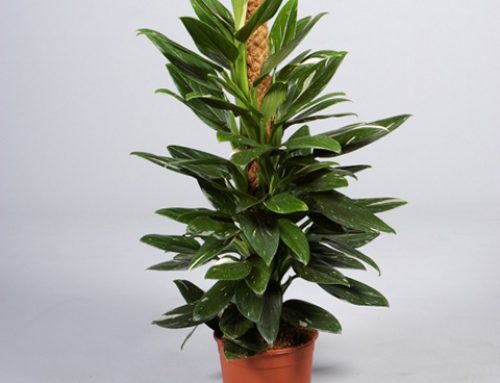
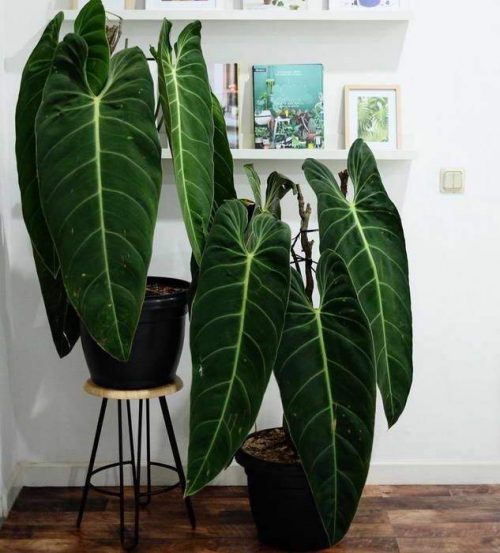
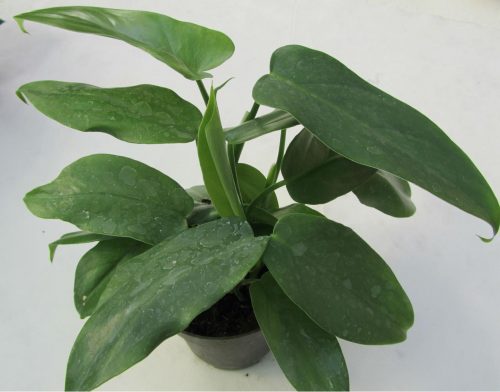
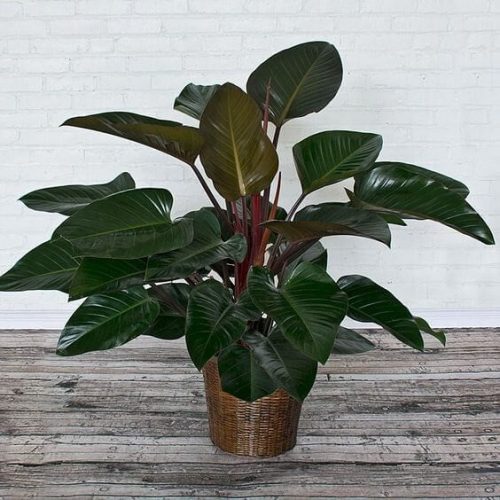


 (3 ratings, average: 3,67 out of 5)
(3 ratings, average: 3,67 out of 5) CUCUMBERS NEVER GET SICK, I'VE BEEN USING ONLY THIS FOR 40 YEARS! I SHARE A SECRET WITH YOU, CUCUMBERS ARE LIKE THE PICTURE!
CUCUMBERS NEVER GET SICK, I'VE BEEN USING ONLY THIS FOR 40 YEARS! I SHARE A SECRET WITH YOU, CUCUMBERS ARE LIKE THE PICTURE! You can dig a bucket of potatoes from each bush. Do you think these are fairy tales? Watch the video
You can dig a bucket of potatoes from each bush. Do you think these are fairy tales? Watch the video
 How our fellow gardeners work in Korea. There is a lot to learn and just fun to watch.
How our fellow gardeners work in Korea. There is a lot to learn and just fun to watch. Eye trainer. The author claims that with daily viewing, vision is restored. They don't charge money for views.
Eye trainer. The author claims that with daily viewing, vision is restored. They don't charge money for views. A 3-ingredient cake recipe in 30 minutes is better than Napoleon. Simple and very tasty.
A 3-ingredient cake recipe in 30 minutes is better than Napoleon. Simple and very tasty. Therapeutic exercises for cervical osteochondrosis. A complete set of exercises.
Therapeutic exercises for cervical osteochondrosis. A complete set of exercises. Which indoor plants match your zodiac sign?
Which indoor plants match your zodiac sign? What about them? Excursion to German dachas.
What about them? Excursion to German dachas.